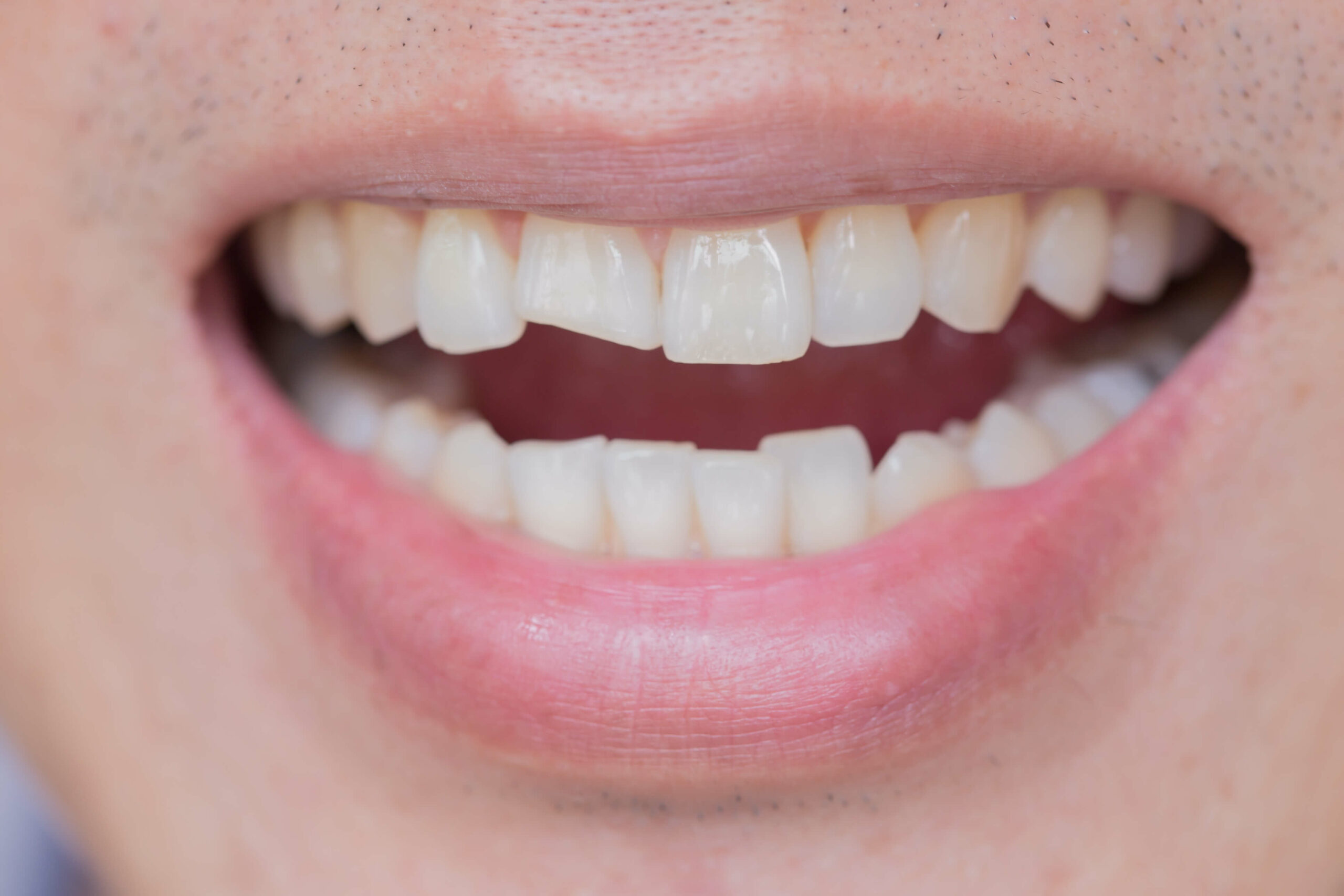
One of the most difficult dental problems to detect, cracked tooth syndrome can be an intensely unpleasant experience. Here we’ll explore: what it is, what causes it, what its symptoms are, how you can receive a diagnosis, and what you can do to get it treated.
What is it?
Simply put, cracked tooth syndrome is when you have a crack which is either too small to show up on an x-ray or located underneath the gum, and therefore hard to identify. It most commonly effects molars, since these are the teeth which bear the brunt of your chewing.
What are the causes?
There are multiple things which can cause cracked tooth syndrome, including:
- Grinding or clenching your teeth. The way that your teeth come together when you grind them can put an unexpected level of pressure on a tooth, causing a crack to develop.
- Previous restorative treatments. Procedures like root canals and fillings can cause teeth to weaken, giving more opportunities for cracks to develop.
- Aging dentition. Sometimes, the increased wear and tear that teeth experience over the years can cause cracks in the teeth.
- Trauma. Accidents which affect the face and head can be a factor in the development of cracked teeth.
What are the symptoms?
Cracked tooth syndrome has many of the same symptoms that regular cracks do. For instance:
- Sharp pain when biting into food (this can even occur when you’re biting into soft food with harder elements, like seeded bread or foods with poppy seeds)
- Pain when you experience extreme temperatures (i.e. hot or cold)
- Pain when drinking cold or sugary beverages
- Intermittent pain (i.e. not a dull constant ache, but a pain which comes and goes)
- Pieces of your tooth falling out (this only happens after the crack gets bigger)
- A gum infection in the area surrounding the affected tooth
- A bump on the gum near to the affected tooth (you may notice pus draining from this bump)
How can I receive a diagnosis?
Since cracked tooth syndrome is so difficult to detect – even for very experienced dentists – and the pain it causes is completely unpredictable, people who have it may have to go through a wide range of diagnoses before the syndrome is finally identified. Some of the diagnostic measures that you might experience include:
- Oral examinations
- Biting down on a Q-Tip, Tooth Slooth or cotton roll
- Examination of your dental history
- Examination via an ‘explorer’ to feel for cracks in your tooth
- Radiographs
- Dying the tooth in order to uncover any cracks
- Removing crowns or fillings so that the dentist can get a better view of the tooth
- Fiber optic hand piece examination
Sometimes you’ll be able to determine which tooth has the crack based on where the pain is coming from. However, it’s also likely that the pain won’t be localized, in which case it may be difficult to find the crack. Once your cracked tooth syndrome has been diagnosed, you can get on with treatment.
How can I treat it?
Treatment for cracked tooth syndrome can vary depending on the tooth affected, the location of the crack, how deep it is and the severity of the damage that has already been caused.
- If the crack affects one of the cusps of the tooth (the highest points) it can generally be fixed by a crown.
- If the crack has affected the pulp of your tooth, you may need a root canal. Treating cracked tooth syndrome this way probably won’t stop the pain. Although it will be much less intense than it was prior to treatment, and it may also mean that your tooth can no longer sense temperature.
- If the crack is affecting the root of the tooth, it may need to be removed entirely. You can replace it with a bridge or an implant.
Worried that you may have cracked tooth syndrome? Contact Westover Hills Family Dental and we’ll set you up with an appointment with a local dentist the very same day.




